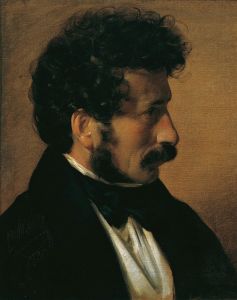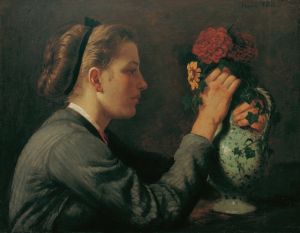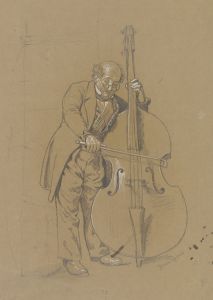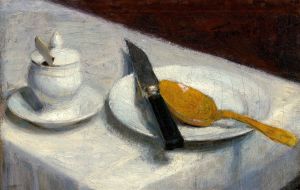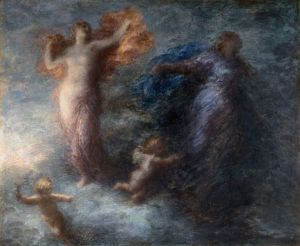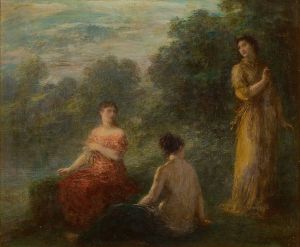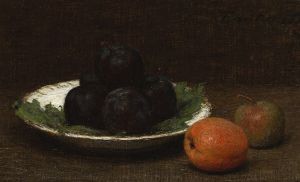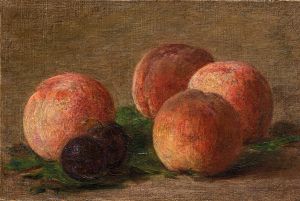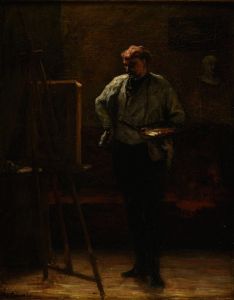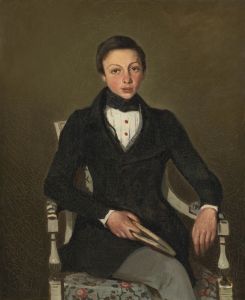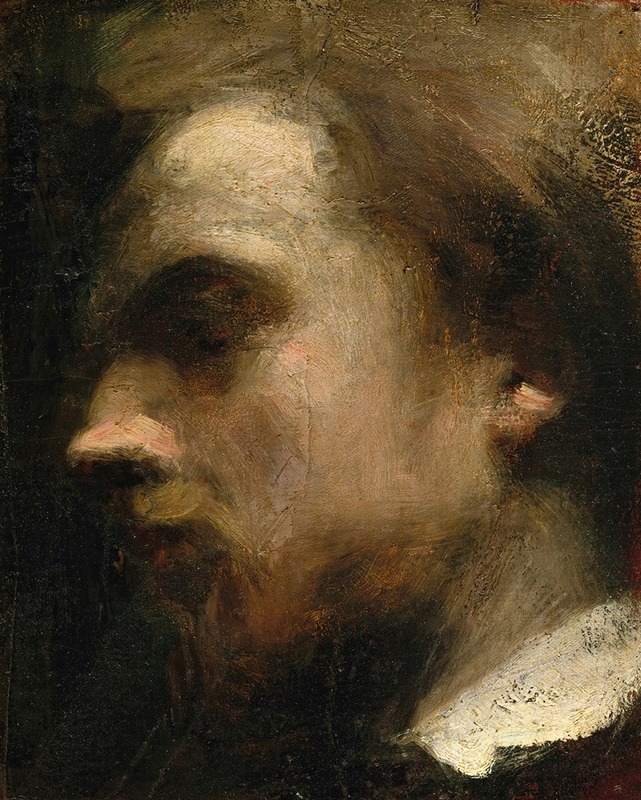
Self-Portrait
A hand-painted replica of Henri Fantin-Latour’s masterpiece Self-Portrait, meticulously crafted by professional artists to capture the true essence of the original. Each piece is created with museum-quality canvas and rare mineral pigments, carefully painted by experienced artists with delicate brushstrokes and rich, layered colors to perfectly recreate the texture of the original artwork. Unlike machine-printed reproductions, this hand-painted version brings the painting to life, infused with the artist’s emotions and skill in every stroke. Whether for personal collection or home decoration, it instantly elevates the artistic atmosphere of any space.
Henri Fantin-Latour, a renowned French painter and lithographer, is celebrated for his exquisite still lifes and portraits. Among his notable works is the "Self-Portrait," which exemplifies his skill in capturing the subtleties of human expression and character. Born on January 14, 1836, in Grenoble, France, Fantin-Latour was deeply influenced by the artistic environment of his time, particularly the Realist and Impressionist movements, although he maintained a distinctive style that set him apart from his contemporaries.
The "Self-Portrait" by Henri Fantin-Latour is a testament to his meticulous approach to portraiture. While specific details about the creation date of this particular self-portrait are not always clearly documented, it is known that Fantin-Latour created several self-portraits throughout his career, each reflecting different stages of his artistic development and personal life. His self-portraits are characterized by a keen attention to detail and a subtle use of color, which together convey a profound sense of introspection and realism.
Fantin-Latour's technique in his self-portraits often involves a subdued palette and soft brushwork, which contribute to the intimate and contemplative mood of the paintings. His ability to render textures and tones with precision allows the viewer to engage with the psychological depth of the subject. In his self-portraits, Fantin-Latour often presents himself in a straightforward manner, eschewing any dramatic or exaggerated expressions, which aligns with his realist approach.
The artist's self-portraits not only serve as a means of self-exploration but also reflect his engagement with the broader artistic trends of his time. Despite being associated with the Impressionists, Fantin-Latour maintained a more traditional approach to painting, focusing on the careful observation of nature and the human form. This is evident in his self-portraits, where he combines elements of realism with a personal, introspective quality.
Fantin-Latour's work, including his self-portraits, gained recognition during his lifetime, and he exhibited regularly at the Salon in Paris. His friendships with other prominent artists of the time, such as Édouard Manet and James McNeill Whistler, also influenced his artistic journey. However, unlike many of his peers, Fantin-Latour preferred to work in a more solitary manner, dedicating himself to perfecting his craft away from the bustling art scene.
Today, Henri Fantin-Latour's self-portraits are appreciated for their technical excellence and emotional depth. They offer insight into the artist's personality and his perspective on the world around him. His ability to capture the essence of his subjects, whether in self-portraits or other works, continues to be celebrated by art historians and enthusiasts alike.
Fantin-Latour passed away on August 25, 1904, in Buré, France, leaving behind a rich legacy of paintings and lithographs that continue to be studied and admired. His self-portraits remain an integral part of his oeuvre, providing a window into the mind of an artist who was both a keen observer of the world and a master of his craft.





